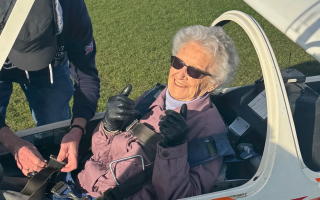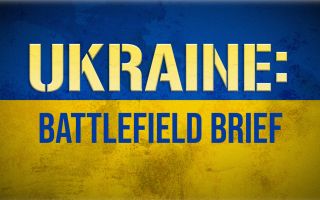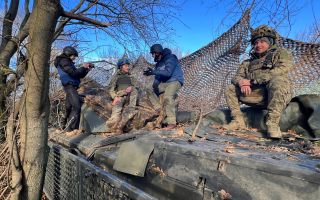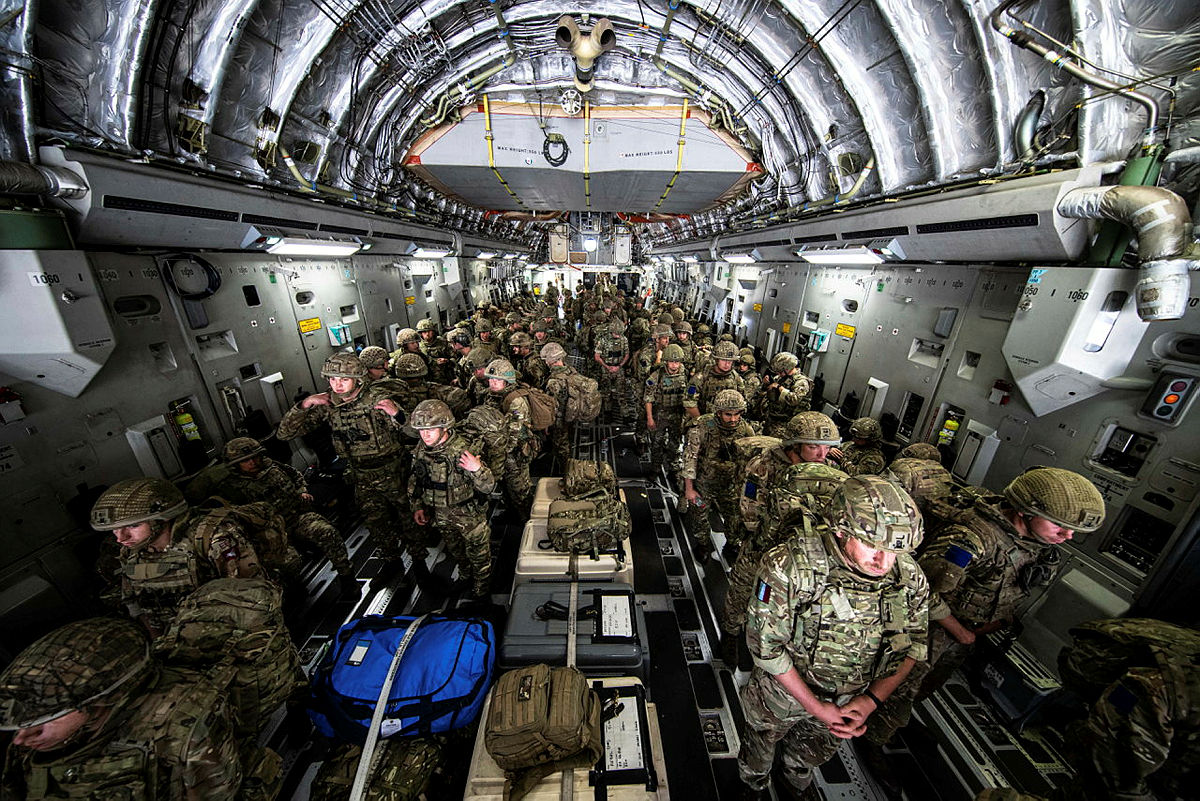
Blood, Metal And Dust – A Review Of The Iraq And Afghan Wars

Although it was published at the end of 2020, parts of Brigadier Ben Barry’s book ‘Blood, Metal and Dust’ read like journalistic coverage of events in Afghanistan in 2021.
US and NATO forces had military successes, but after drawing down their forces in 2014, the Afghan government still lacked popular support from its people and the Taliban were able to re-establish a foothold. The US then tried to negotiate a ceasefire with the Taliban from a position of weakness. Barry writes:
“As a result, the 2001 defeat of the Taliban has been almost completely reversed by the insurgents. At this moment no one has ‘won’ the war in Afghanistan … “
This was of course true at the end of 2020, but what Barry says next seems to perfectly describe events in August 2021:
“ … but an emboldened Taliban could well overwhelm the current Afghan government and its forces, imposing a victors’ peace that would give it the ability to reverse much of the last two decades of socio-political development.”
Reading that in August 2021, one could be forgiven for thinking Brigadier Barry had a crystal ball, but this would miss the point. His 2020 book was clearly not meant to be prescient, but is instead a careful, thorough and sober analysis of the war in Afghanistan as well as the accompanying conflict in Iraq. It is this honesty and thoroughness that makes his book so valuable, and its conclusions so often on the mark.
Despite the failures, Barry is not downbeat or despairing but gives an analysis meant to provide useful lessons.
The most obvious of these is that it was the invasion of and then concurrent war in Iraq that most undermined efforts in Afghanistan. Barry calls it the worst military decision of the 21st Century, a miscalculation one could equate to Napoleon and Hitler’s decisions to invade Russia/the USSR in 1812 and 1941, respectively. It quite simply meant that all the attention, resources and effort that could have gone into the ongoing war in Afghanistan, and that were probably required to bring about success in that theatre, were diverted elsewhere.
Though other lessons are also just as important, and just as well explained. Again and again, Barry emphasises the unique complexity intrinsic to both wars, and particularly the conflict in Afghanistan.
Part of this came down to the overlaps between criminal and insurgent elements the US and its allies were struggling against. Another part was various interlocked elements within both theatres. As Barry explains at one point:
“Within both wars there were multiple political, religious, ethnic and economic conflicts, resulting in increasing complexity. This became a key factor driving commanders’ plans. At the height of the Iraq Surge General Petraeus told Congress that ‘war is not a linear phenomenon; it’s a calculus not arithmetic’. Or, as British Lieutenant General Graeme Lamb, then deputy commander of MNF-I, put it in 2007, ‘this is as complex as … anything I’ve ever done … this is three-dimensional chess in a dark room’.”
This all meant that the political and military spheres overlapped and were in fact constantly interwoven at the local and tactical, regional and national and strategic levels. The need to win the ‘hearts and minds’ of populations, insurgents and governments in both wars made the conflicts political as much as they were military ventures. This led to a “battle of the narratives” in which the narrative about the war became as important as the combat itself.
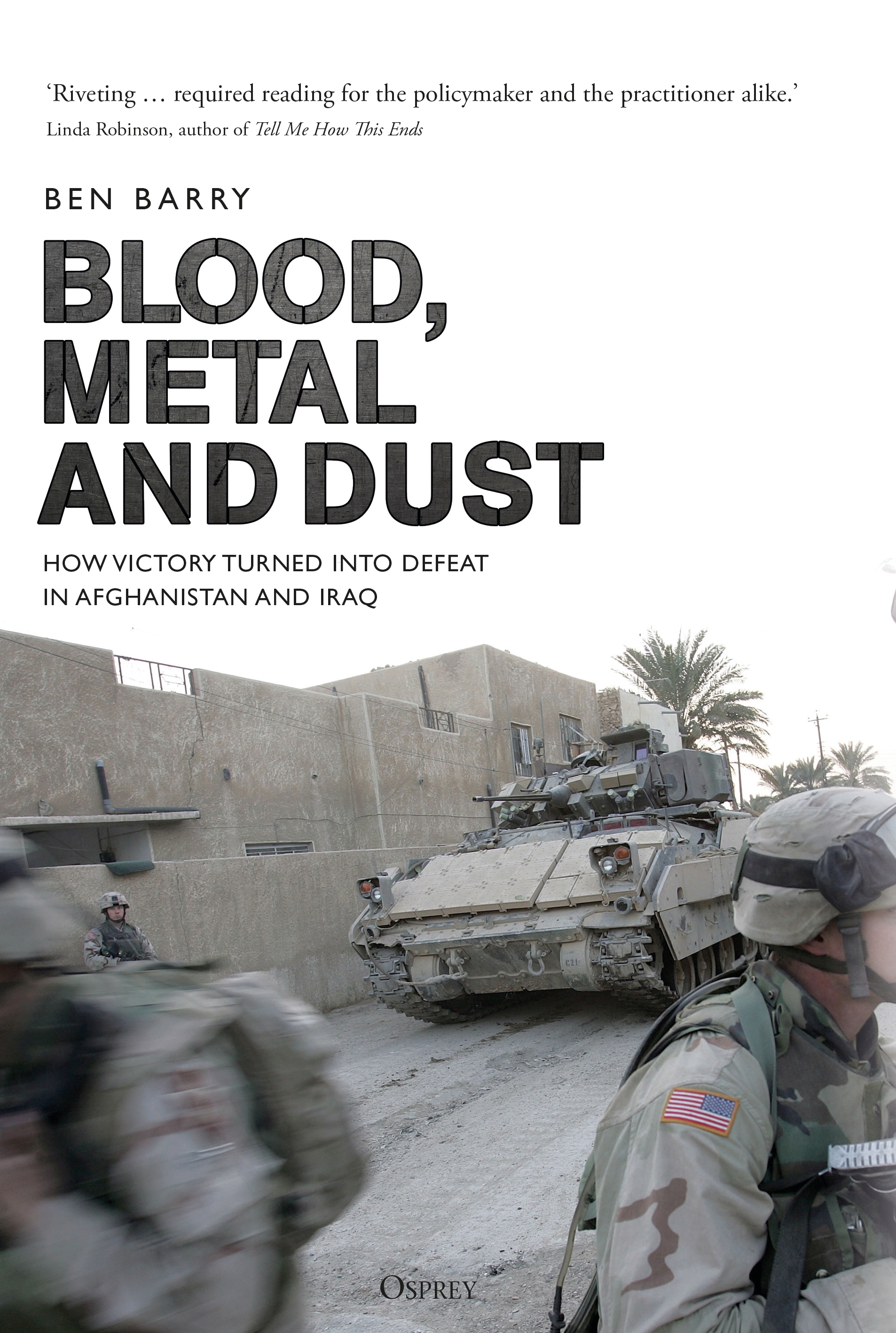
Continuing with that theme, his main assessment of the war in Afghanistan is that there were two overarching problems. On the one hand, it is now clear that NATO forces were pulled into civil conflicts within Afghanistan without at first realising it. They got mixed up in a kind of civil war in which local tribes, criminals, gangs, warlords and corrupt politicians all sought to use NATO troops, the Afghan government and the Taliban to advance their own narrow self-interests. This internal division had a parallel on the national level in the Karzai and Ghani governments in Kabul. They in turn further exacerbated the problem by appointing regional and local leaders to positions that helped them but sowed more discord and divisions within the nation, since some of these officials had a malign influence.
On the other hand, he also notes that the NATO mission in Afghanistan was essentially too ambitious, or at least its ambitions could not be realised without more time, money, effort and personnel. NATO was trying to help the Afghan government do a great deal, aiming to improve conditions on the ground, local government and agriculture as well as security. The Taliban, by contrast, only aimed to improve security and resolve disputes via their Sharia courts.
Barry points out that the Afghan government really needed more time before NATO forces were drawn down (and were, since, removed.) He refers to a 2017 report produced under the Trump Administration which concluded the removal of US and NATO trainers of the Afghan forces was like “pulling the training wheels off too early”.
One senses that this is probably one area Barry should have explored in a little more detail. The obvious question is whether keeping NATO forces in Afghanistan longer might have risked prolonging the other main problem, of them being surreptitiously co-opted and used as pawns in ongoing local squabbles.
In any case, what is clear from the book is that military and political leaders must continue striving to better understand local conditions in wars of the future.
And in fact, Barry points out that there are also a number of other useful and even positive lessons for future conflicts that can be derived from the Iraq and Afghan wars. He stresses that both conflicts witnessed many military successes and that, despite their unpopularity, they should be studied and mined for useful lessons going forward.
Apart from those given above, other lessons he draws include the key importance of unity of effort. This refers to the way in which all parts of the campaign, political and diplomatic as well as intelligence and the various military aspects need to work together effectively to be successful.
In this vein, he says that both wars featured excellent examples of effective combined operations, such as the CIA, local Northern Alliance, special operations and airpower campaign in the initial stage of the Afghan War and the similarly well-conducted opening of the Iraq War.
He also discusses the frequent occurrence of urban-based warfare during the conflicts, how this was conducted successfully by both British and American forces so as to minimise damage to urban centres like Baghdad and Basra, and how all this shows that urban-warfare capabilities will be essential for infantry and their supporting arms in future.
On the political side of the scale, Barry points to inadequate strategic planning, primarily by political leaders. He reserves his harshest judgement for the Bush Administration during the period between 2002 and 2007, pointing to an aversion to nation building that prevented proper post-invasion planning in both wars. He also says that Prime Minister Tony Blair did not properly match up the ends, ways and means of operations, did not check properly that his instructions were carried out nor properly assess whether British strategy was being successful or not. He says Blair was sometimes let down by civilian officials and military officers as well but that the main responsibility was his.
Once again, Barry notes that the biggest error was the decision to invade Iraq, which diluted the goodwill that had swelled after 9/11 and diverted resources and attention away from Afghanistan. The end result is that Iran and the Taliban have benefited far more from the conflicts than the US and its allies.
For a thorough and detailed analysis of the Iraq and Afghan wars, read Brigadier Ben Barry’s ‘Blood, Metal and Dust: How Victory Turned into Defeat in Afghanistan and Iraq’, from Osprey Publishing, and explore their website for more military history content.
Cover image: 16 Air Assault Brigade arriving in Afghanstan August 2021 (image: MoD)




